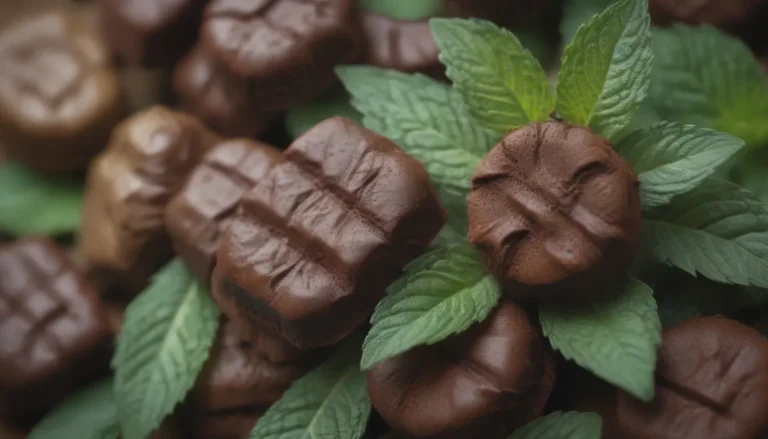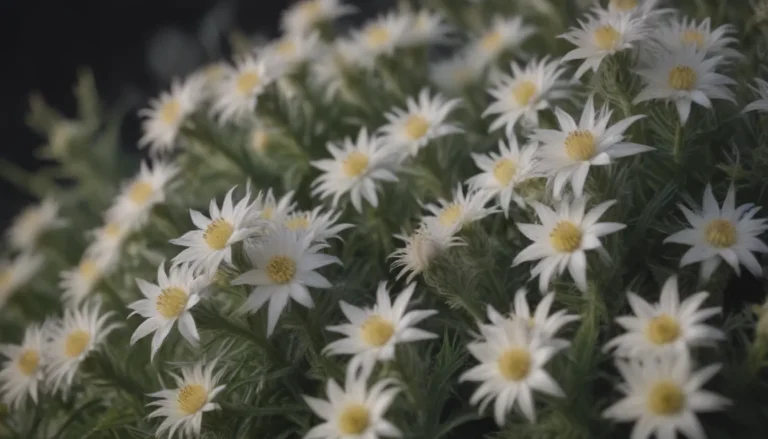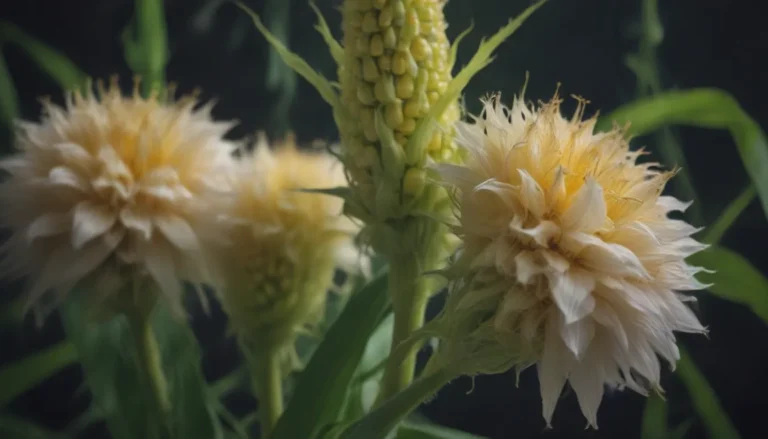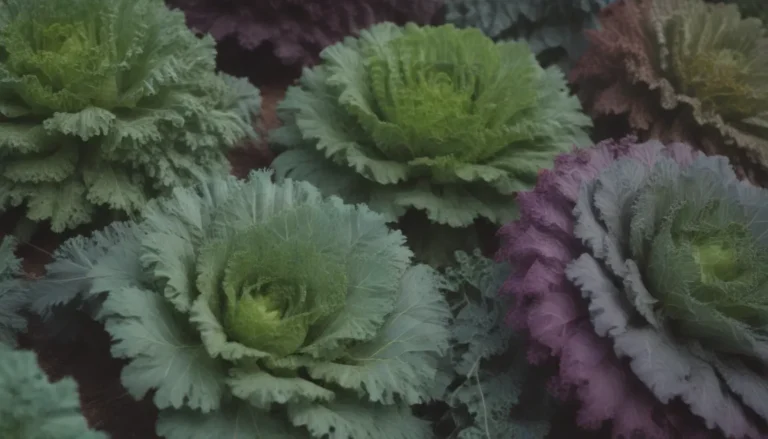The Complete Guide to Growing and Caring for Autumn Crocus
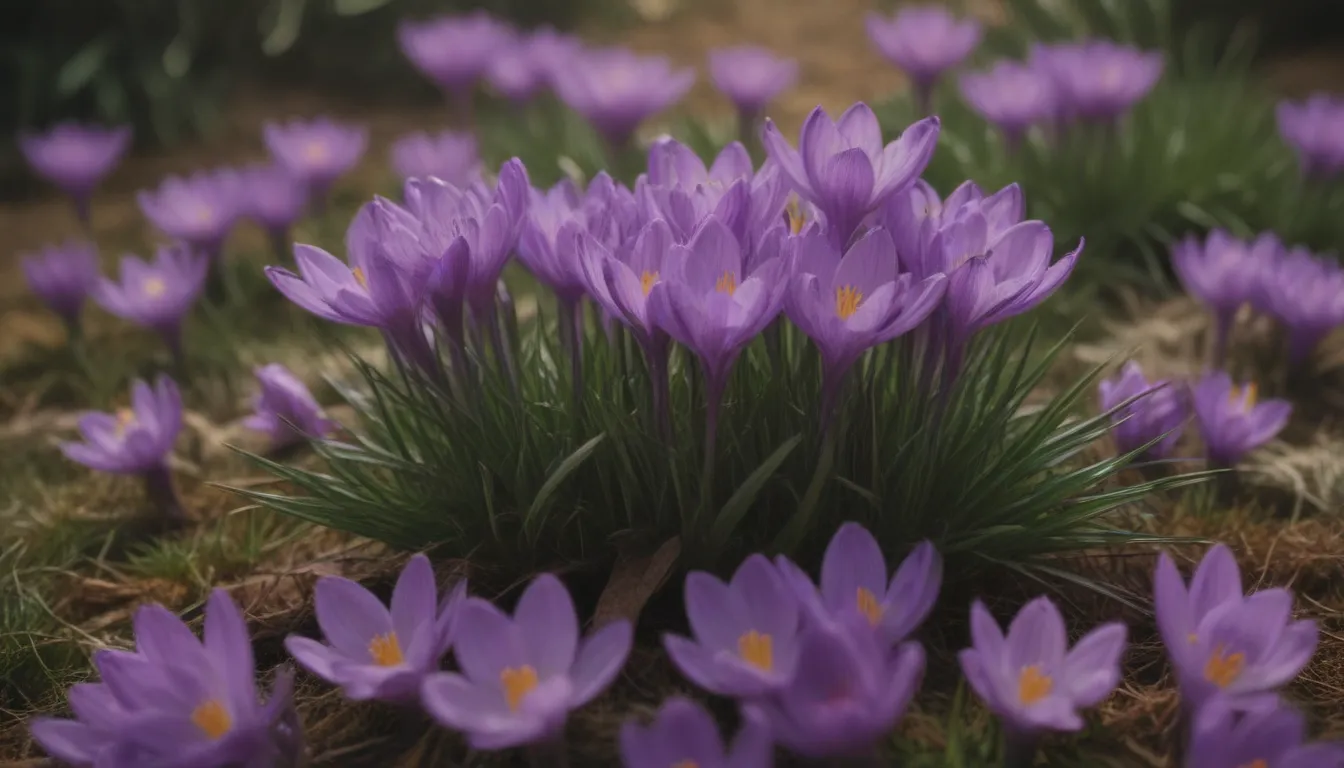
Are you looking to add a unique and stunning plant to your garden? Look no further than the beautiful autumn crocus, also known as Colchicum autumnale. These flowers, often referred to as “naked ladies,” make their grand entrance in early fall with a display of vibrant colors. What sets these flowers apart from the rest is their lack of leaves during blooming, giving them a distinct and eye-catching appearance.
In this comprehensive guide, we will explore everything you need to know about growing and caring for autumn crocuses. From planting tips to propagation methods, we’ll cover it all. So, grab your gardening gloves and let’s dive into the world of autumn crocuses!
Autumn Crocus Care Tips
Autumn crocuses are known for their low-maintenance nature, making them a favorite among gardeners. Here are some essential care tips to ensure your autumn crocuses thrive:
- Planting Tip: Consider planting your autumn crocuses in the middle of a border where their foliage can be hidden by other plants.
- Light: Autumn crocuses require at least a half-day of full sun during their foliage phase, which typically occurs in the spring.
- Soil: These flowers can thrive in sandy loam or rocky soil with good drainage. They can tolerate slightly acidic to slightly alkaline soil pH.
- Water: Maintain moderate soil moisture levels, ensuring the soil is not too soggy or too dry. Water weekly during the spring and reduce watering when foliage dies back.
- Temperature and Humidity: Autumn crocuses have a narrow growing zone and require proper sunlight and good drainage to avoid fungal diseases.
- Fertilizer: While autumn crocuses can grow well without additional fertilization, you can add bone meal to poor soil at planting time.
Types of Autumn Crocus
There are various varieties of autumn crocus, each with its unique characteristics. Some popular types include:
- ‘Innocence’
- ‘Waterlily’
- ‘Disraeli’
- ‘Autumn Queen’
- ‘Giant’
Pruning and Propagation
When it comes to pruning autumn crocuses, avoid cutting back the foliage and only prune after it has turned yellow. Additionally, you can propagate these plants through division or sowing seeds. Dividing corms every three to four years can help maintain plant health and promote better blooming.
Growing Autumn Crocus From Seed
While division is the preferred method of propagation, you can also sow autumn crocus seeds outdoors in the fall. These seeds require a chill period to trigger germination, so be patient as they may take one to two years to sprout.
Potting and Overwintering
If you choose to grow autumn crocuses in pots, ensure the containers have proper drainage holes and are deep enough to accommodate the corms. Overwintering can be done by sinking containers into the ground to protect them from harsh winter conditions.
Common Pests and Plant Diseases
Autumn crocuses are susceptible to slug damage and fungal infections. Be proactive in monitoring your plants for signs of pests and diseases, and take necessary steps to protect them from potential threats.
Tips for Encouraging Blooms
If you’re eager to see your autumn crocuses bloom, patience is key. These plants may take a few years to flower, especially if grown from seed. Ensure they receive adequate sunlight and well-draining soil to encourage blooming.
Common Problems and Solutions
From flowers flopping over to brown spots on leaves, autumn crocuses may face various issues. Addressing these problems promptly and providing proper care can help your plants thrive for years to come.
In conclusion, autumn crocuses are a beautiful addition to any garden, with their unique blooming pattern and vibrant colors. By following the care tips outlined in this guide, you can enjoy a stunning display of autumn crocuses year after year. Remember to handle these plants with care due to their toxicity, and always enjoy the beauty they bring to your outdoor space. Happy gardening!

